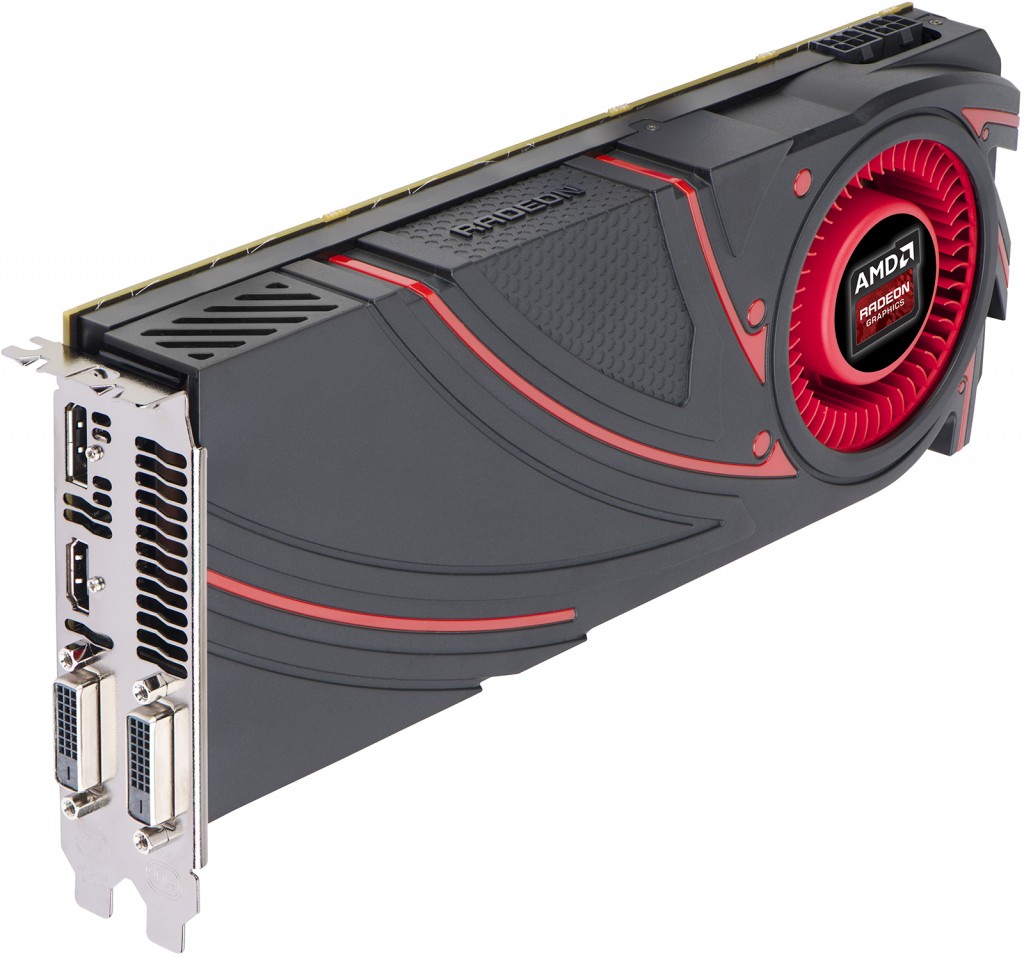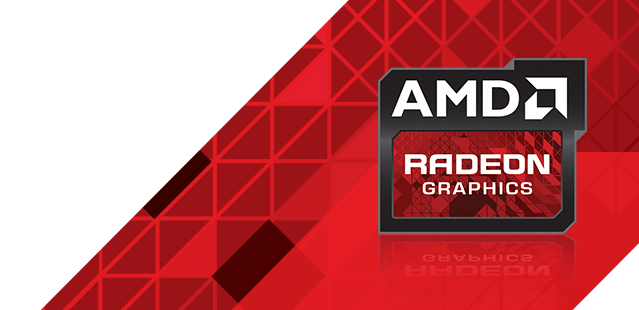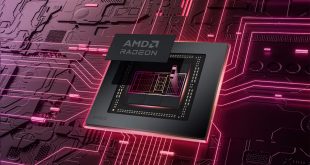Lisa Su, chief executive officer of Advanced Micro Devices, said at the Consumer Electronics Show that the company has a number of “great” graphics products in the pipeline that will help it to fight back market share from Nvidia Corp.
The year 2014 was a mixed a bag for Advanced Micro Devices when it comes to graphics processing unit (GPU) business. On the one hand, AMD managed to introduce the world’s highest-performing graphics card, the Radeon R9 295X2, which carries two code-named “Hawaii” GPUs. On the other hand, the company released no new GPUs, except the code-named “Tonga” chip, which hardly increases performance compared to previous-generation Radeon R9 280-series “Tahiti” in modern titles. By contrast, its rival Nvidia released two new graphics processors and four new graphics solutions only on the desktop market, addressing different market segments and winning multiple awards for exceptional performance. As a consequence, AMD lost market share to Nvidia in the second half of 2014. Nonetheless, the company remains optimistic and plans to fight the lost share back.
“As I look into 2015, we have some very good products in the pipeline, we will talk more about them as we go through the year,” said Lisa Su at the J.P. Morgan 13th annual tech forum at International CES. “I absolutely view it as a share gain opportunity over that period of time.”
Quite naturally, the head of AMD does not reveal any particular details about the company’s plans. From unofficial sources it is known that the company readies at least one new Radeon R9-series enthusiast-class high-end graphics processor that will not only significantly improve performance compared to existing graphics adapters, but will also be the first GPU in the industry to take advantage of the stacked high-bandwidth memory (HBM).
A good news is that Ms. Su confirmed that the company has multiple products in the pipeline, which means that the company is on-track to release not one, but a number of new graphics processing units.
“You will see, obviously, new graphics products from us this year, we usually keep that quite tight until we are ready to launch those,” said Ms. Su.

Given the fact that many graphics chips in AMD’s product lineups for desktop and laptop computers are more than two years old, it is about time for the company to introduce new GPUs. Unfortunately, it is completely unclear how many new graphics processing units and how many new products on their base AMD plans to bring to the market in the coming quarters.
Keeping in mind that AMD plans to introduce its post-GCN graphics processors only sometimes in 2016, the 2015 GPUs from AMD will continue to use the current graphics core next (GCN) technology. Expect AMD’s new Radeon graphics products to feature GCN 1.2 architecture, a couple of new graphics-related enhancements, hardware decoders/encoders for 4K/UHD video (H.265/HEVC, VP9, H.264 for 4K, etc.), video playback quality improvements and some other things.
Discuss on our Facebook page, HERE.
KitGuru Says: A good news for AMD is that it already knows what to expect from Nvidia in 2015 and that the next-generation products from its arch-rival based on the code-named “Pascal” architecture are at least a year away. Obviously, Nvidia could refresh its product lineup later in 2015 using its chips based on the Maxwell architecture, which could bring a number of surprises. Nonetheless, AMD still has better understanding what to expect from its rival than it did last year.
 KitGuru KitGuru.net – Tech News | Hardware News | Hardware Reviews | IOS | Mobile | Gaming | Graphics Cards
KitGuru KitGuru.net – Tech News | Hardware News | Hardware Reviews | IOS | Mobile | Gaming | Graphics Cards




That was obvious, but they need to introduce that products asap…
the gcn was already starting to show its age once nvidia maxwell appeared by it on power efficiency side or the compute performance side. I hope they have managed to improve on these 2 fronts with the use of global foundary SHP 28nm process which is very mature at this stage, tonga promise this but it failed with the only consolation being that bandwidth efficiency has improved significantly which is very good in igp for mobile apu which is definitely going to thrash the non iris intel mobile broadwells
AMD can’t be stupid with prices this year, unless they WANT to continue losing market share to nVidia. They have to do the following or must prepare for their GPU division to follow the CPU division in irrelevancy.
– R7-360 – Performance of the R9-265, no PCI-e power needed – $89-$110
– R7-360x – Performance of the R9-270x – $120-$130
– R9-370 – Re-Badged/Re-Tuned R9-285, performance at 280x/GTX780 level – $150-$180
– R9-370x – Based on TongaXT, performance close to R9-290 – $200-$230
– R9-380 – Performance like the GTX970 – $250-$280
– R9-380x – Performance like the GTX980 – $310-$350
– R9-390 – Performance similar to a Crossfire’d R9-290x – $450-$550
– R9-390x – Performance eclipsing SLI’d GTX980 – $650-$750
– R10 – GLaSS – Dual R9-390x on a single Card – $1250-$1500
This is basically what AMD did with the Radeon 4870 and Radeon 4850. The GTX260 was once a $400 card, AMD released a card (Radeon 4870) that was not only cheaper($300) than the GTX260, but fast enough to in certain games punch the GTX280(a $600+ card at the time) in the face and keep going past it. This forced nVidia to correct their prices. AMD needs to do this again to stay relevant. Being able to get a $320 R9-380x that will embarrass a $500+ GTX980 will get possitive press and get people talking about AMD again, much like the Radeon 9700Pro and Radeon 5870 did.
actually, I would say R9 390x should be priced at maximum $450-500, and the R9 395x dual card should be put at $1000
I do agree though they need to stick with a maximum of the amount of cards you mentioned (i.e. 360, 370, 380, 390, and then Xvarients) instead of going wild and going with 365, 385, etc. They keep wasting time and money developing random varients when they should really simplify their offerings.
It would be great if that happens… Only thing that is left is waiting. But i think that there will be no R9-3×0 cards, just R9-3x0x cards.
meh, PC gaming market isn’t that big for graphics cards. Most gamers don’t spend money on high end cards, they buy the middle tier $100 cards so they can play dota/minecraft smoothly. Now that AMD has the console market on lockdown, plus other businesses they don’t need to worry about PC as much as before.
The mobile graphics world is growing much faster than desktop. Power efficiency is key.
After my 8800 GTS in 2007, I went back to AMD for a while, first the 5000, series, then 6000 and ended up with two 7950’s, as someone who uses multiple monitors a lot, 2014 was the year that AMD lost me as a customer…again. I went back to Nvidia and now have two GTX 970’s, for the most part I couldn’t be happier, the driver issues are far less show stopping than with AMD, and the power is unmatched for the price.
I coalesce with your History, but I would refrain from any “spin” that AMD Graphic’s have not been relevant. The prod/price stack you propose feels more “what you want”, rather than based on the business of marketing. True the Graphics side has been sorting out “what it can within means”, given AMD overall problems and TSCM… It’s been a tough time, but I don’t say they had any terrible showing as of late; sure Tahiti had a rough start from TSCM (so did Nvidia), Hawaii should’ve made its’ showing sooner, as could of the rebrands, mining. It’s been a weird time for both over the past 2-1/2 years, though with all that AMD stayed in the hunt.
If say the 380X is competitive against the 980 (perf, watts, memory, etc) AMD does not need to be as “accommodating” in price as you project. AMD deserves their profit also, for the Engineering expended. That said, AMD with the time they’ve had should be able to seized the moment. It’s essential to be assertive on pricing, but not to the point it shouts they aren’t valuing themselves on the same “tier” as Nvidia products. Such pricing also boils down to the process (28/20nm or perhaps the foundry partner). Even if a TSCM 20nm process I don’t see AMD cost per silicone being hugely improved over GM204 volumes.
I’d say if AMD produces good “one-upsmanship” performance over the 980, efficiency that shrinks that gap appreciably, a MSRP of $480 would be rational and sensational. (consider the praise the GTX680 garnered with a $500 price) The 380 (non-X) offering a better than one-upsmanship bump against the 970 (perhaps true entry 4k), would be agreeable at $280 (customs $300+). 370X (reference) besting most 960 customs, but say $230; while a 370 (non-x/Tonga) giving the rest of 960’s a run for at $170 (perhaps these re-spun at Glo-Flo?).
You forget the 295×2 still the fastest GPU available.
Not true, You are just way too limited. And the price is more than double.